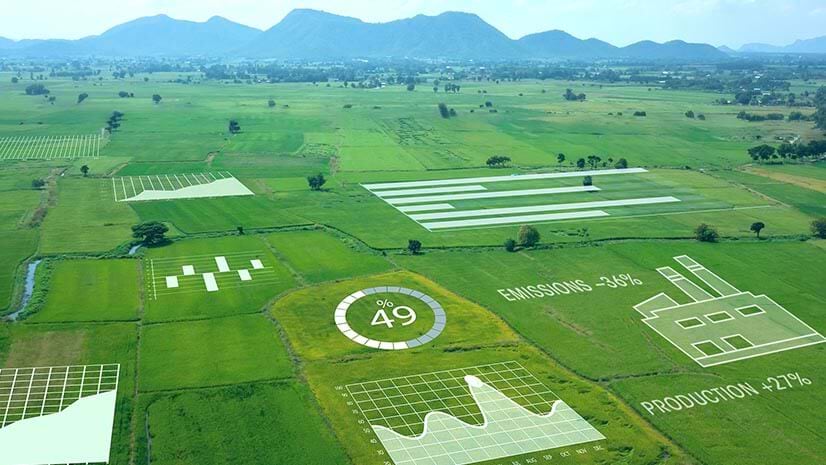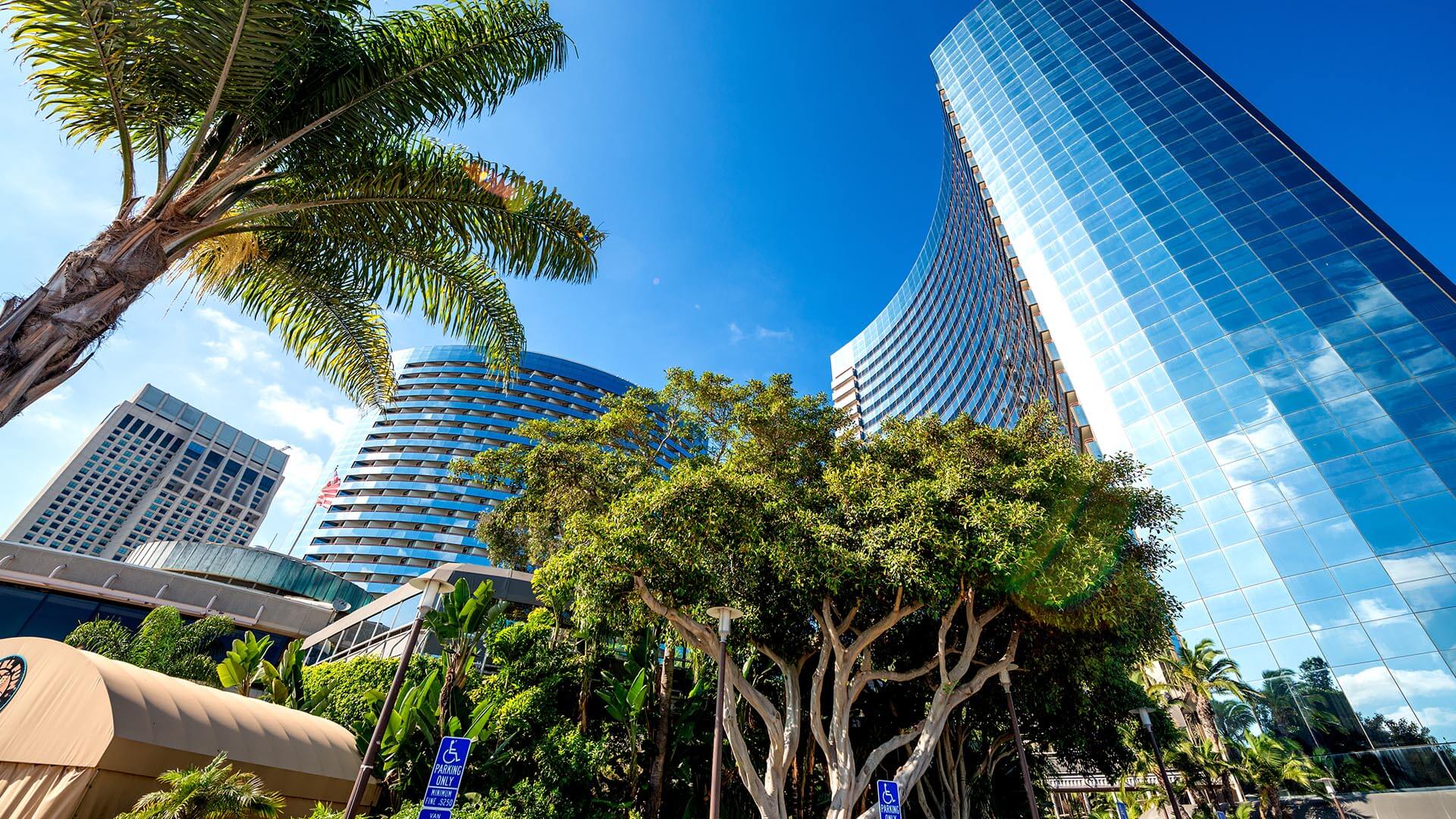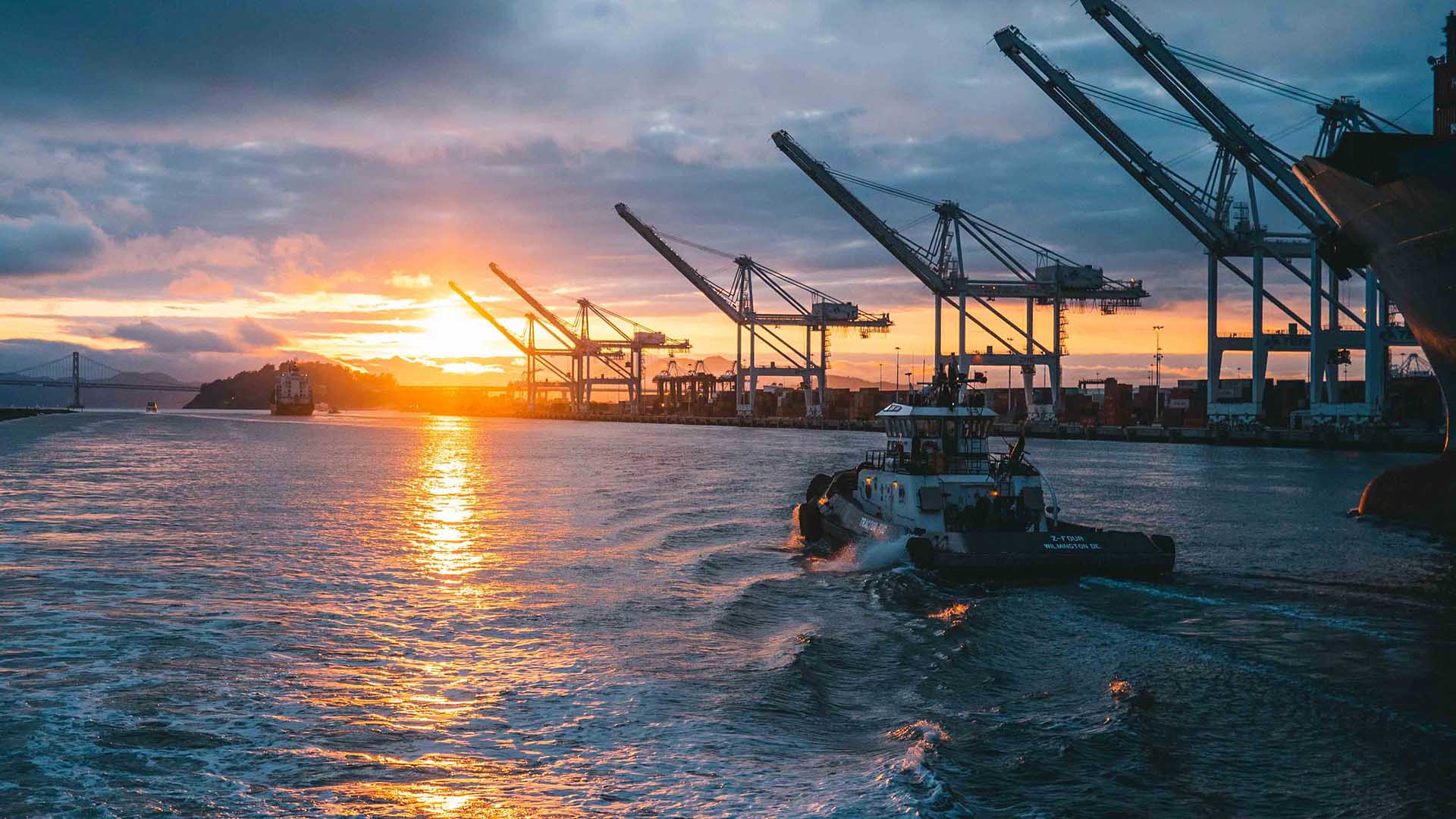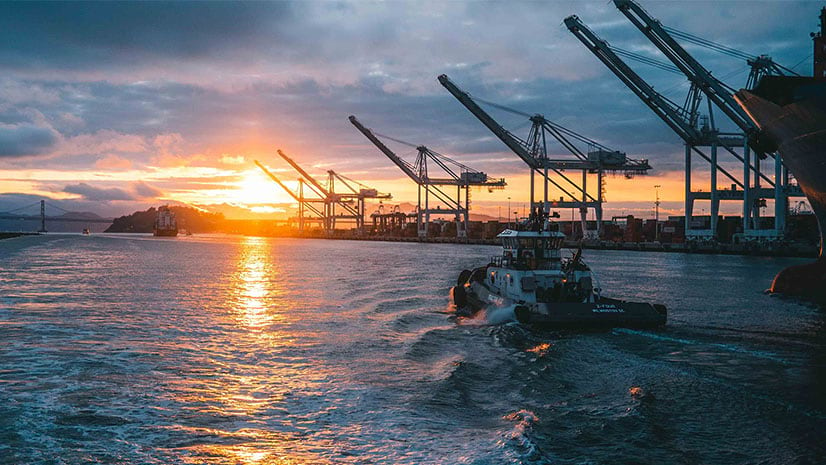In today’s interconnected marketplace, many businesses need a centralized, systematic way to monitor risks across huge geographic areas and take action to mitigate impacts. Responding to hazards on an ad hoc basis isn’t an option. For many organizations, a risk map has become the most effective way to monitor vulnerabilities around the globe.
Built on geographic information system (GIS) technology, risk maps can display all of a business’s assets on a single dashboard, alongside threats by location. By toggling on data layers, executives gain a longer-term view, assessing climate risks, public health threats, crime trends, or geopolitical events.
At Marriott International, a hotel chain that encompasses nearly 8,700 properties across 139 countries, an in-house risk map called Risk Atlas has become a key tool for executives and decision-makers.
“In our line of work, people are kind of tired of looking at spreadsheets and whitepapers,” says Morgan Dibble, Marriott’s global intelligence director. “What we’ve created with Risk Atlas is a more interesting and digestible way of visualizing threat information.”
Marriott’s Unified Vision of Risk Management
Created by Dibble and his team, the Risk Atlas dashboard integrates GIS technology with a real-time alert monitoring service. By supplementing GIS data with social media alerts and news reports, the global intelligence team monitors developing trends and their potential impact on Marriott’s business. These insights enable Dibble and team to assign risk scores to various regions and properties—a form of location intelligence that informs decisions on investments and site selection.
The map format also makes it easy to share data across the enterprise, from real estate teams to security managers.
The scale of Marriott International’s business demands a two-pronged approach to managing risks. A global security operations center (GSOC)—an increasingly common department at large organizations—spearheads the real-time response to crises and emergencies.
Dibble’s global intelligence team takes a big-picture, strategic perspective, analyzing data to guide long-term decisions at the executive level and communicate with stakeholders.
“We can see our assets mapped globally, and then we can see the proximity to the alerts,” Dibble explains.
Bringing Risk Monitoring In-House
Dibble found a surprising answer to the standard CIO question of whether he could integrate the technologies—GIS and the real-time alert service—without costly IT work. He simply created the integration himself using a standard API, despite having no coding background.
Through this simple integration, Dibble essentially built Risk Atlas from scratch, tailoring it to Marriott’s objectives and allowing it to adapt as new risks and new properties emerge.
The ability to develop climate risk assessments in-house has proved to be a cost-effective alternative to hiring consultants. It can also mean a more reliable and up-to-date picture of operations. For instance, Dibble’s team could pull in data from a newly released climate report and instantly interpret potential hazards for Marriott International locations. This information, in concert with real-time alerts about floods and storms, can inform investment decisions in regions where climate impacts are increasing.
With social unrest being a persistent global factor, hotel owners need to stay abreast of geopolitical tensions—a factor that will shape the industry’s outlook in 2024, according to PwC’s most recent hospitality report. A risk score for a country where political conflict is creating instability might affect Marriott’s decision to build a new hotel there.
Hotels protect both guests and their own assets. With a GIS risk map and reliable alerts providing a comprehensive view of threats, hospitality executives can make the right decisions for their customers, their brand, and business continuity.
The Esri Brief
Trending insights from WhereNext and other leading publicationsTrending articles

December 5, 2024 |

July 25, 2023 |

February 25, 2025 |

November 25, 2024 |

November 12, 2018 |

April 1, 2025 |





